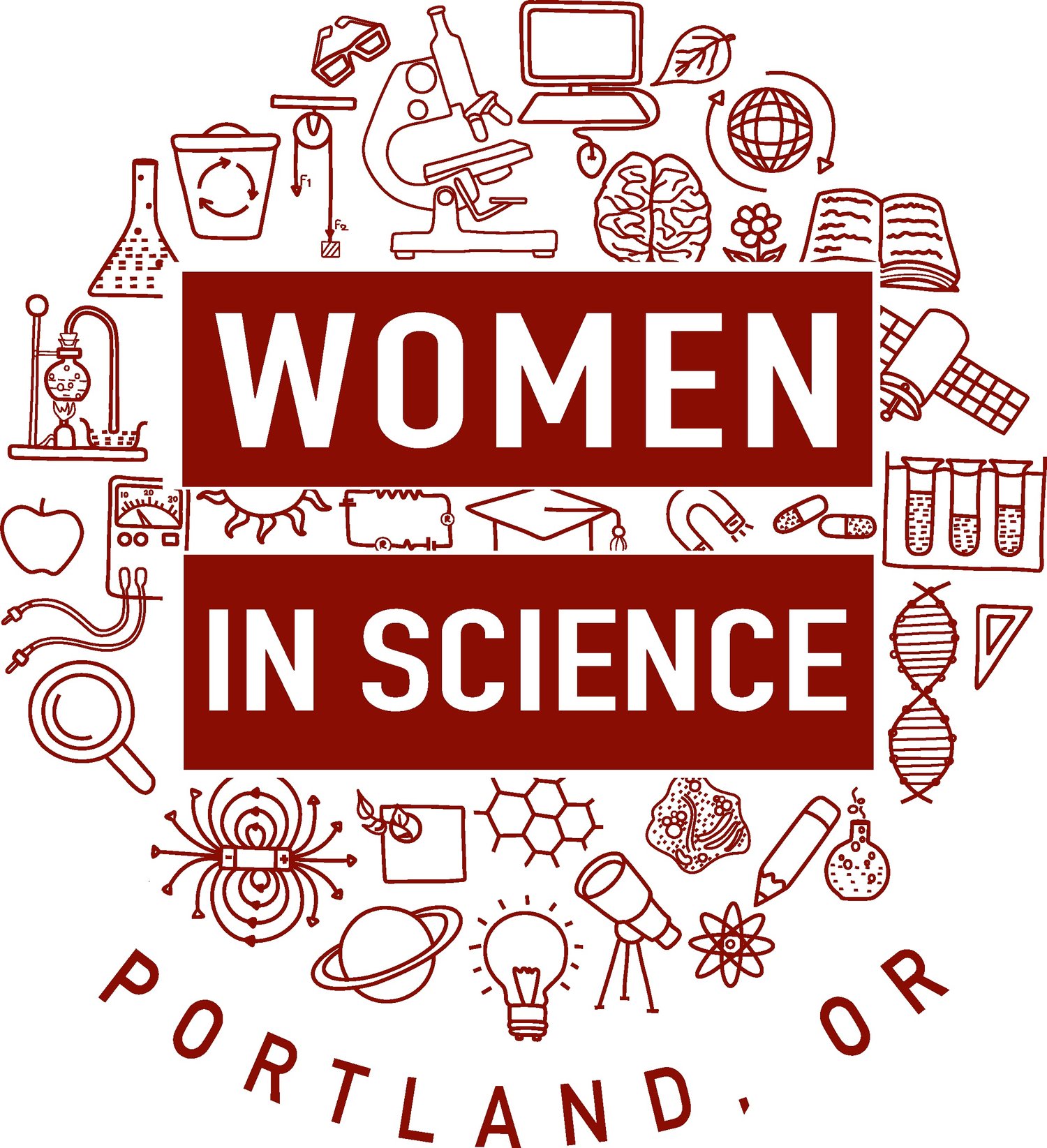Women in STEM and Addiction
Source: PexelsThe STEM field requires a skilled and intelligent mind and a persistent drive towards success. But it can also be quite demanding, particularly for the growing (but still small) number of women in the field. Substance abuse within this community may cause a variety of issues.Stats About The ProblemRecent studies found that women make up about 27% of the STEM field. The United States Census Bureau reported that the STEM marketplace employs around 10.8 million workers. Approximately 2.91 million female STEM workers are a part of this market. Let's take the number of women who abused drugs or suffered addiction every year (6.6% of the population) and multiply it by the number of female STEM workers (2.91 million). We get 192,068 women within the STEM field who may be addicted. These numbers are pretty rough but should give a reasonable estimate of the number of women within this field experiencing addiction. Though the exact statistics surrounding female STEM worker addiction are not available, it isn't hard to project an idea of its impact. Even more women within the STEM field likely have an addiction of some sort. Why? Simply put, the male-dominated nature of science, technology, engineering, and math-related fields causes heavy levels of stress, depression, and emotional struggles in its female workers.Factors That Influence Substance Abuse in STEMMany factors may influence drug abuse within the STEM community. For example, misconceptions about the “benefits” of drug use on creativity are still rampant and very damaging. Respected publications like Business Insider have contributed to this concern by highlighting various scientists who used drugs. They claim that this drug use helped open them up to their most significant discoveries.Such misconceptions suggest that drug use is a good thing and may inspire people struggling in this field to abuse substances. In particular, women surrounded by men in a very patriarchal environment may turn to substance abuse in the mistaken belief that they'll improve their careers. But, unfortunately, they're more likely to end it by falling into the trap of addictive behaviors.Ultimately, the root cause of most drug abuse in the workplace is stress, a problem that can worsen addiction and intensify abusive behaviors. Stress for women in STEM can come from many angles, including sexism from co-workers, the demands of their job, struggles to adapt to their work environment, and much more. These factors can change but only with a focused and sustained effort.Trends to ConsiderDrug abuse among women in the STEM community varies depending on many factors. For example, women struggling to finish a research deadline may find themselves turning to stimulants, like methamphetamine, to stay focused. Unfortunately, this type of abuse may result in addiction and various health problems, even the risk of losing their job for abusive behaviors.On the other end of the spectrum, opiates and opioids may be heavily abused by some within this community. At the end of a difficult day of research and development, opioids may seem to provide some relief. Some may even use them for pain care after experiencing physical suffering at the workplace. But, unfortunately, addiction to these drugs can be pretty extensive and hard to combat.Even “socially accepted” addictive behaviors, such as alcohol and tobacco use, may be problematic in these environments. For instance, two researchers may spend time together on a cigarette break to get away from their work. Or they may get together and drink after the successful completion of a project. Excessive drinking can cause addiction and various physical and emotional health issues. Since binge drinking is defined based on gender (five drinks for men in two hours and only four for women), women may experience some of the ill effects of alcohol quicker than their male counterparts. They may be labeled as “binge drinkers” while consuming the same amount of drinks as men. How Do We Address It?Addressing this problem requires better education about the issues associated with women in STEM career paths. For example, it is crucial to examine the kind of casual sexism that could cause some women issues. Things like lower pay, getting passed over for promotions, or even conversation between male co-workers can cause depression, anxiety, and much more.Critically, it is also vital to create more resources for people experiencing heavy bouts of addiction. For example, paid relief time to attend treatment centers can help both men and women experiencing these concerns. In addition, maintaining an open and informed lab is critical, as it can help make it easier for people struggling with treatment to accept the need for care more efficiently.Taking these steps should help women experiencing a high risk of alcohol or drug abuse in a STEM career. Opening up these resources allows women to manage this risk and improve the workplace by making it more understanding and accepting. That kind of benefit is hard to ignore and must be executed appropriately to ensure a safe environment.Resourcescensus.gov - Women Are Nearly Half of U.S. Workforce but Only 27% of STEM Workerssamhsa.gov - 2018 National Survey on Drug Use and Health: Women mercurynews.com - Use of Illicit Drugs Becomes Part of Silicon Valley’s Work Culturebusinessinsider.com - Scientists and Geniuses Who Used Drugsstemjobs.com - The Science of Stressncbi.nlm.nih.gov - Trends in Substance Use and Related Disorderscdc.gov - Binge Drinkingeeoc.gov - Women in the American Workforcencbi.nlm.nih.gov - Gender Inequalities in the Workplace: the Effects of Organizational Structures, Processes, Practices, and DecisionMakers’.Sexismsunshinebehavioralhealth.com- Finding the Best Alcohol Rehab.https://www.rehab4addiction.co.uk/addictions/binge-drinking About the Author:Dr. Harshi is a licensed medical doctor with a specialization in Pathology. She is currently employed as faculty in a medical school with tertiary care hospital and research center in India. She has vast experience of over a decade in diagnostic, clinical, research, and teaching work. She has a strong interest in medical content writing and reviewing. She also has several publications and citations in indexed peer-reviewed journals.



